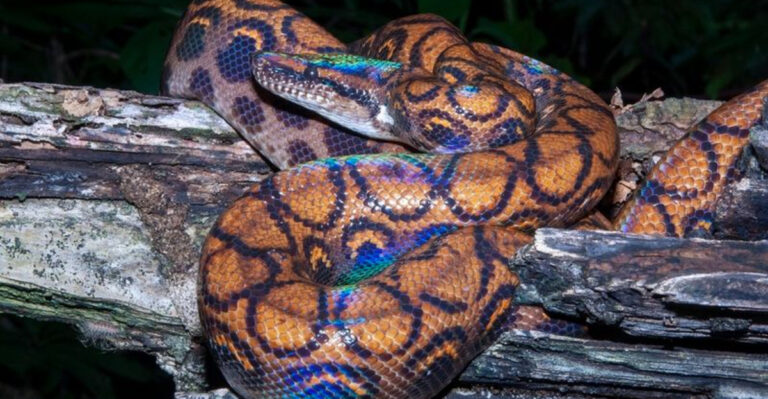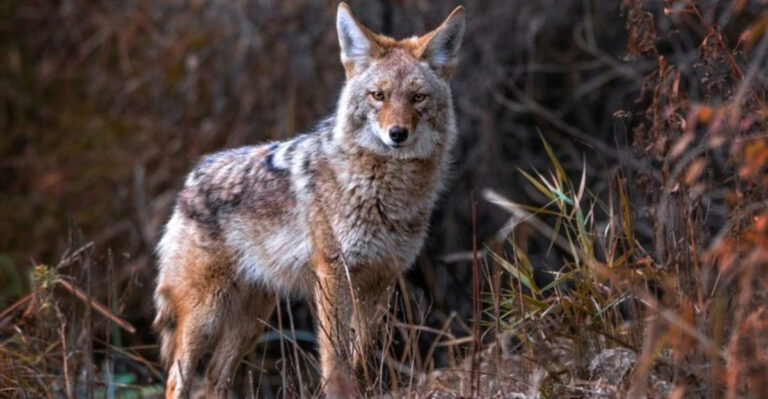How Big Cats Thrive In Protected Wildlife Reserves

Big cats – those majestic predators like lions, tigers, and leopards – face serious threats in the wild. Poaching, habitat loss, and human conflict have pushed many species to the brink of extinction.
Protected wildlife reserves offer these magnificent animals safe havens where they can recover and flourish.
Let’s explore how these special areas help big cats bounce back and thrive in today’s challenging world.
1. Natural Habitat Preservation

Untouched forests, grasslands, and wetlands within reserves mirror the environments where big cats evolved over thousands of years. These protected landscapes provide everything from hunting grounds to resting spots, allowing cats to display their natural behaviors.
Rangers work tirelessly to prevent illegal logging and development that might shrink these crucial spaces. Some reserves even restore damaged habitats by replanting native vegetation and managing water sources.
For tigers in particular, having enough territory is life-or-death – a male Bengal tiger needs up to 40 square miles to thrive!
2. Protection From Poachers
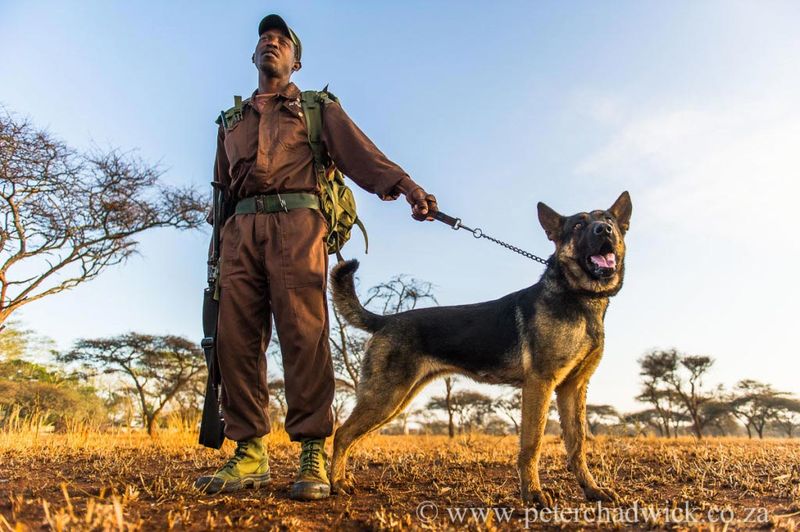
Armed ranger patrols form the frontline defense against those who would harm big cats for their valuable parts. Using cutting-edge technology like thermal drones and satellite tracking, these dedicated teams monitor vast territories day and night.
Many reserves partner with local communities, creating informant networks that provide early warnings about poaching activities. The best protection programs combine high-tech surveillance with boots-on-the-ground knowledge.
In reserves like India’s Kaziranga National Park, tough anti-poaching measures have helped tiger populations rebound from near-extinction.
3. Abundant Prey Populations

Lions, tigers and other big cats need lots of food – a male lion devours up to 15 pounds of meat daily! Well-managed reserves maintain healthy populations of deer, antelope, wild pigs and other natural prey animals.
Rangers monitor these prey species carefully, sometimes even conducting regular wildlife counts from vehicles or aircraft. When prey animals thrive, predators naturally follow suit.
Some reserves have reintroduced prey species that had disappeared, creating a more complete ecosystem. This natural balance means big cats can hunt as they evolved to do, keeping their hunting skills sharp.
4. Scientific Research Opportunities
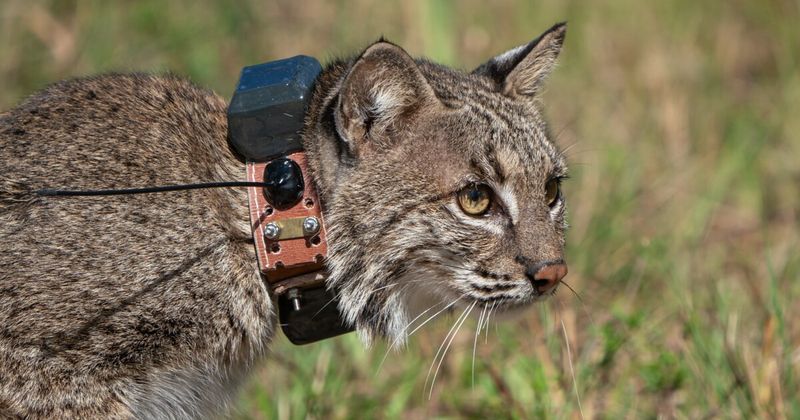
Researchers in reserves attach GPS collars to track big cats’ movements, helping us understand their needs and behaviors. These tracking studies reveal crucial information about territory size, hunting patterns, and social interactions that would otherwise remain mysterious.
Camera traps – motion-triggered cameras hidden throughout reserves – capture candid glimpses of cats when humans aren’t around. Scientists also collect scat (poop) samples to study diet, health, and even stress levels through hormone analysis.
All this research directly improves conservation strategies, making reserves more effective at protecting these magnificent animals.
5. Veterinary Care Programs

Quick response veterinary teams stand ready to treat injured or sick big cats in many reserves. These specialized vets use darting techniques to safely sedate animals needing treatment without causing additional stress.
Regular health monitoring helps catch problems early – from infectious diseases to injuries from territorial fights. Some reserves conduct preventive medicine programs, including vaccinations against diseases that might spread from domestic animals.
When a lioness in Kenya’s Masai Mara suffered a snare wound, vets rushed to remove the wire and treat her with antibiotics, saving her life and allowing her to return to her cubs.
6. Breeding Program Success
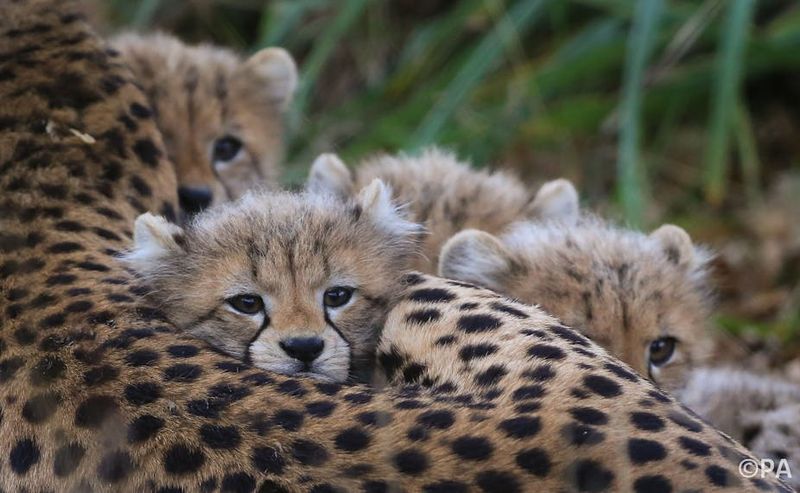
Safe from threats, big cat populations naturally rebound as females successfully raise more cubs to adulthood. Reserve managers carefully track family lineages to maintain genetic diversity, sometimes even relocating animals between protected areas to prevent inbreeding.
The story of India’s Asiatic lions shows the power of protected breeding – from just 20 animals a century ago to over 600 today, all living in and around Gir Forest National Park. Similar success stories exist for tigers in Nepal and jaguars in Brazil.
Cubs born in these safe havens represent hope for species that might otherwise disappear forever.
7. Reduced Human-Wildlife Conflict
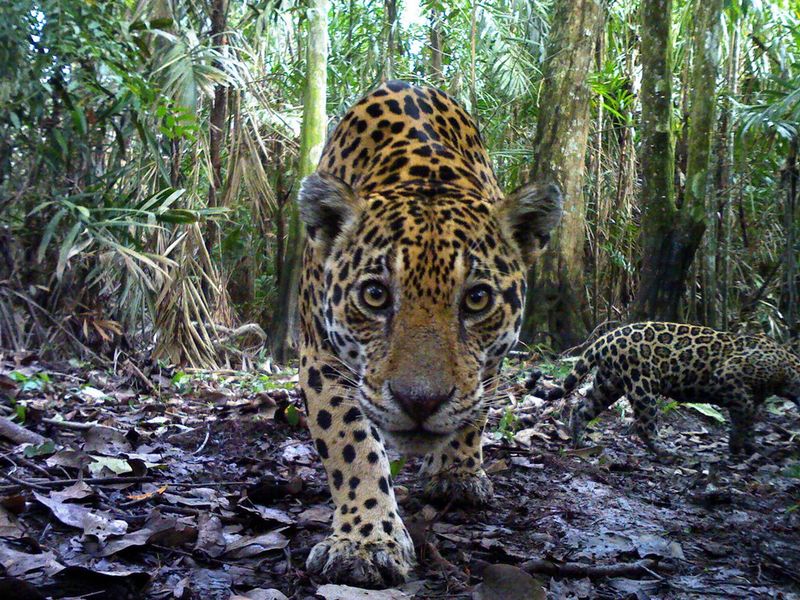
Smart reserve design includes buffer zones that separate big cats from nearby human settlements. These transition areas help prevent dangerous encounters that might end badly for both people and animals.
Community outreach programs teach locals how to safely coexist with predators. Many reserves compensate farmers for livestock losses, reducing retaliatory killings of cats that occasionally stray beyond boundaries.
In Botswana’s reserves, solar-powered predator-deterrent lights around cattle enclosures have cut nighttime attacks by 90%. These practical solutions help people see big cats as valuable neighbors rather than threats, creating a safer environment for everyone.
8. Sustainable Tourism Opportunities
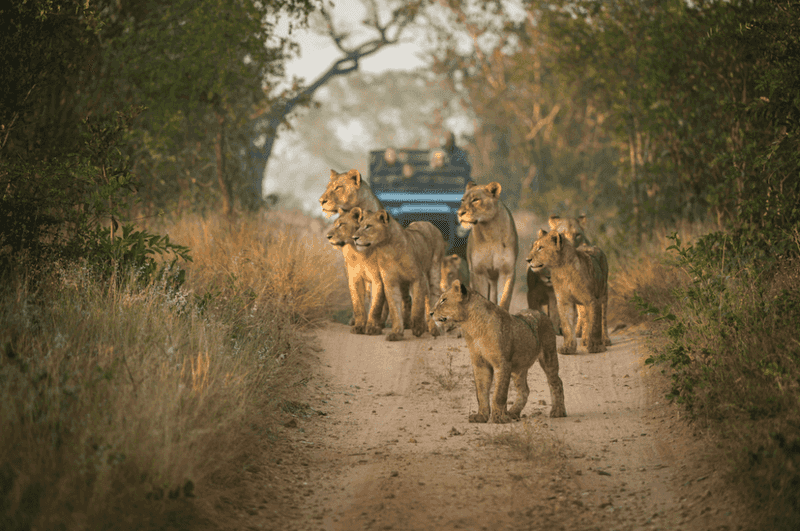
Carefully managed wildlife viewing brings visitors face-to-face with magnificent predators while maintaining safe distances. These unforgettable encounters create passionate advocates for conservation while generating vital funding for protection efforts.
Luxury eco-lodges and guided safaris employ local people as guides, cooks, and staff. When communities directly benefit from healthy cat populations, they become invested in their protection.
South Africa’s big cat reserves demonstrate how tourism dollars can fund anti-poaching efforts, habitat restoration, and community development projects – creating a sustainable cycle where conservation pays for itself.
9. Corridor Creation Between Reserves
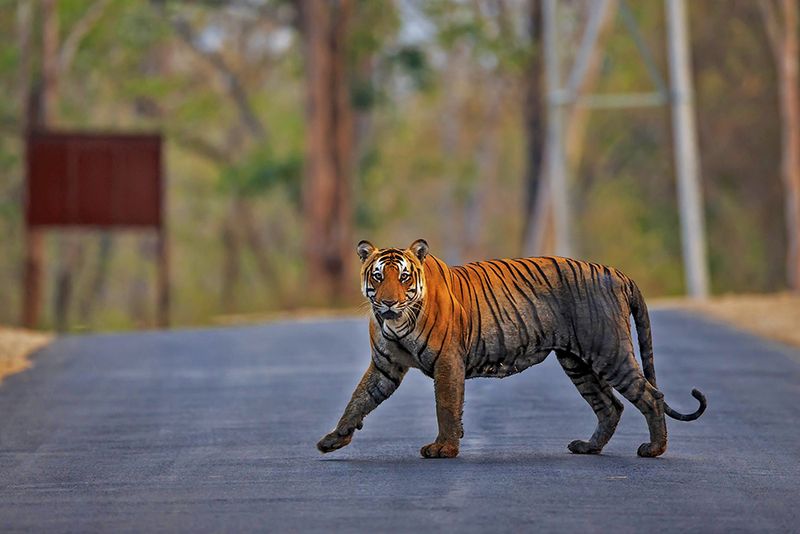
Wildlife corridors – protected pathways connecting separate reserves – allow big cats to travel safely between areas. These natural highways prevent isolated populations from becoming genetically stagnant and help cats find new territories when needed.
Innovative designs include highway underpasses and dedicated forest bridges that let animals cross human infrastructure safely. Tracking data shows cats regularly use these passages, proving their effectiveness.
The ambitious Jaguar Corridor Initiative seeks to connect populations from Mexico to Argentina, allowing these spotted cats to roam as they naturally would. Similar projects for tigers in Asia and lions in Africa show how thinking beyond single reserves creates stronger conservation networks.
10. Advanced Monitoring Technologies

Artificial intelligence now helps identify individual cats from their unique spot or stripe patterns through automated camera trap systems. This technology lets rangers track every animal without invasive tagging, building detailed population databases.
Thermal drones patrol at night when many big cats are most active, spotting poachers and monitoring animal movements without disturbing natural behaviors. Some reserves even use acoustic monitoring – specialized microphones that can distinguish between species’ calls and alert rangers to disturbances.
These high-tech tools help small ranger teams effectively protect vast territories that would be impossible to cover through traditional patrols alone.
11. Community Involvement Programs
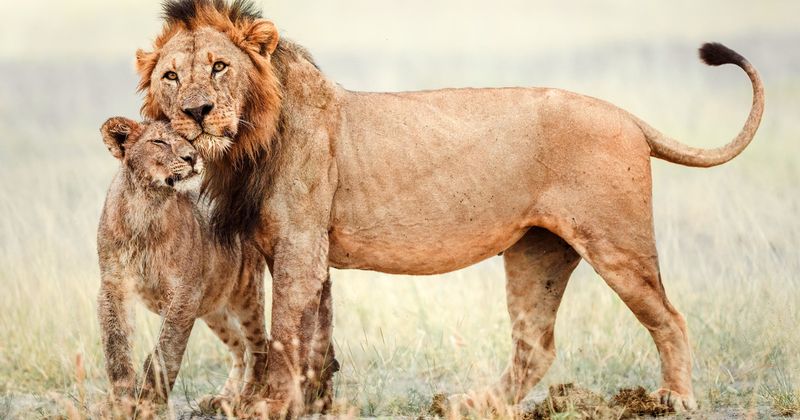
Local people employed as rangers bring invaluable knowledge of terrain and wildlife behavior to protection efforts. Their tracking skills often surpass modern technology in effectiveness and connect traditional wisdom with conservation science.
School programs bring children into reserves for educational experiences, creating the next generation of conservation supporters. Many reserves also create revenue-sharing models where tourism profits directly benefit neighboring villages through schools, clinics, and water projects.
In Namibia’s communal conservancies, former poachers now work as wildlife guards, proving that involving communities creates sustainable solutions where both people and big cats win.
12. Habitat Restoration Projects
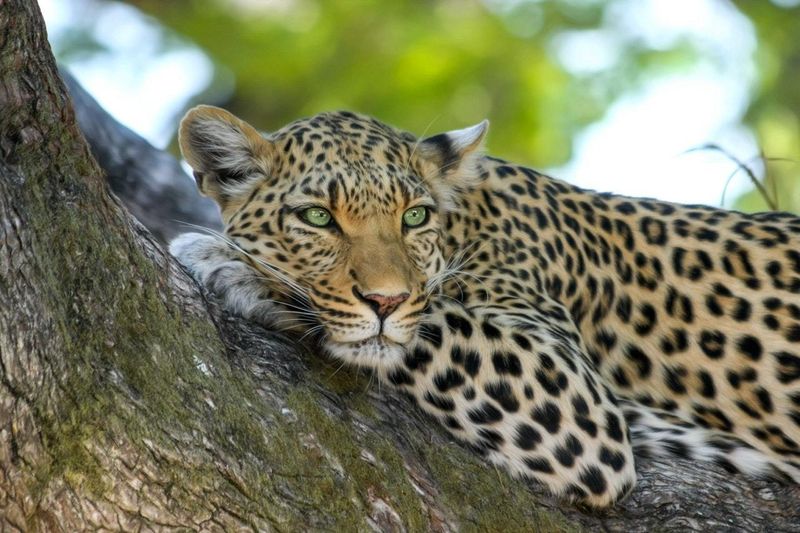
Dedicated teams actively rebuild damaged ecosystems by replanting native vegetation and removing invasive species. These efforts recreate the complex habitats big cats need for hunting, hiding, and raising young.
Water management projects ensure reliable access to drinking sources, especially important in drought-prone regions. Some reserves have even reintroduced key plant species that provide cover for hunting predators.
Tiger reserves in Nepal showcase successful restoration – areas once stripped bare now feature lush forests where tigers raise cubs in safety. These revitalized landscapes prove that with protection and care, nature can heal itself, creating renewed homes for magnificent predators.
13. International Conservation Partnerships

Cross-border cooperation allows reserves in neighboring countries to work together, creating larger protected zones that match cats’ natural ranges. Shared anti-poaching intelligence helps catch wildlife traffickers who attempt to move between jurisdictions.
Organizations like Panthera and the World Wildlife Fund provide crucial funding, training, and scientific expertise to reserves worldwide. These partnerships bring global resources to local conservation challenges.
The thirteen tiger range countries now collaborate through the Global Tiger Initiative, sharing successful strategies and coordinating efforts. This international approach recognizes that saving big cats requires thinking beyond political boundaries, just as the animals themselves do.

